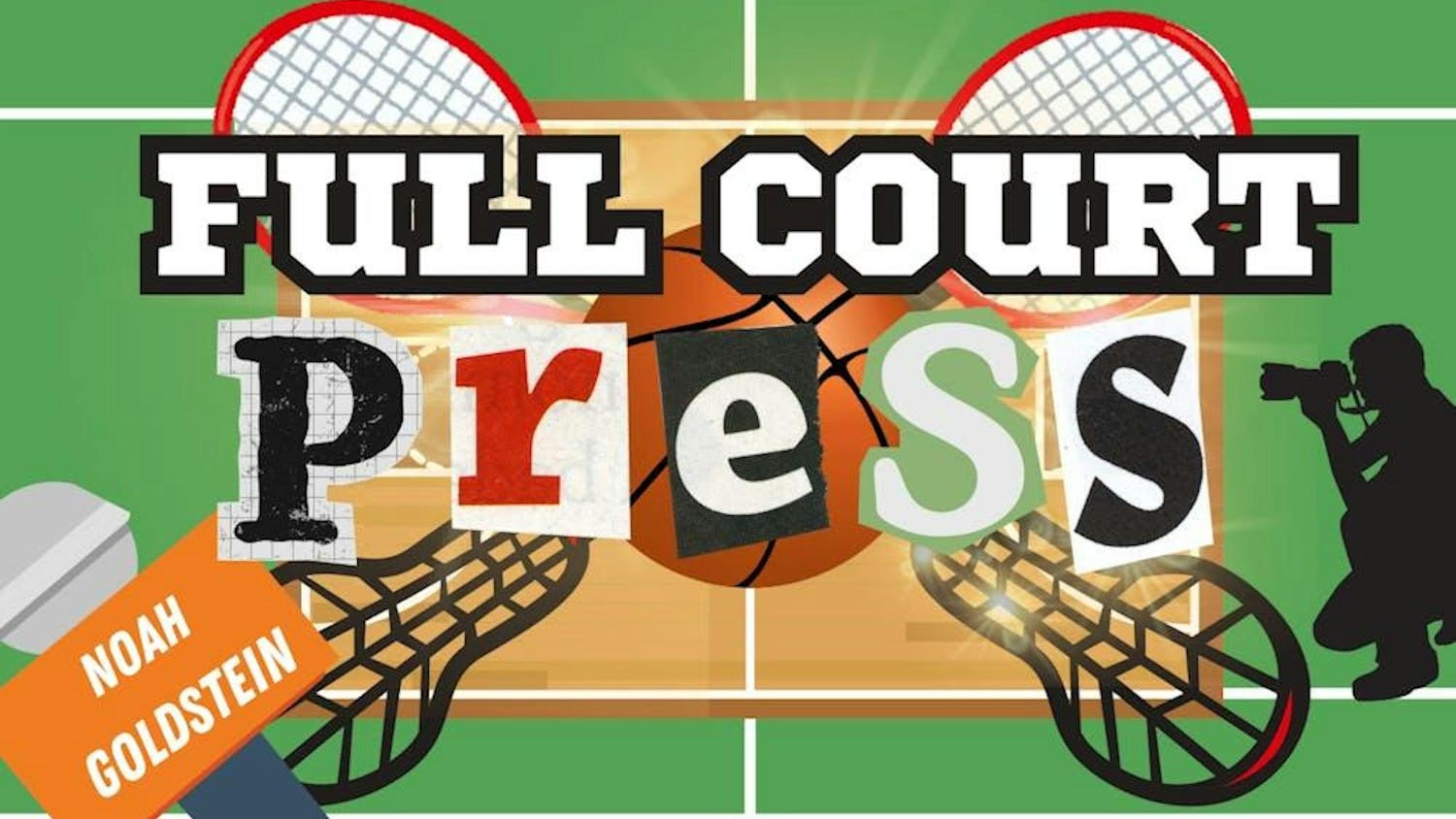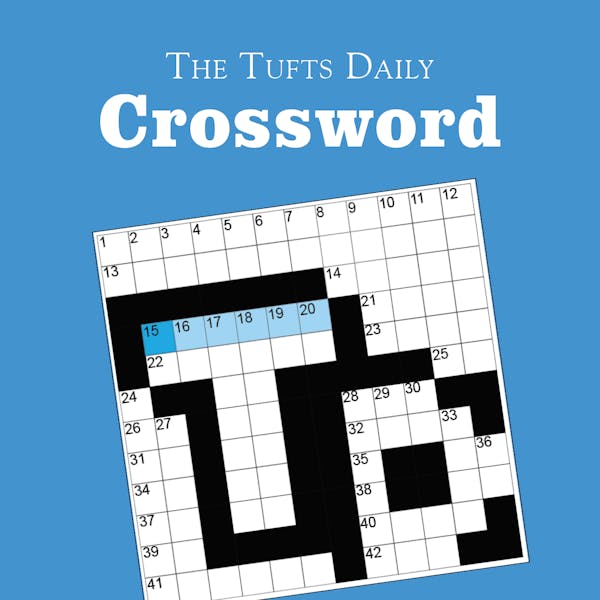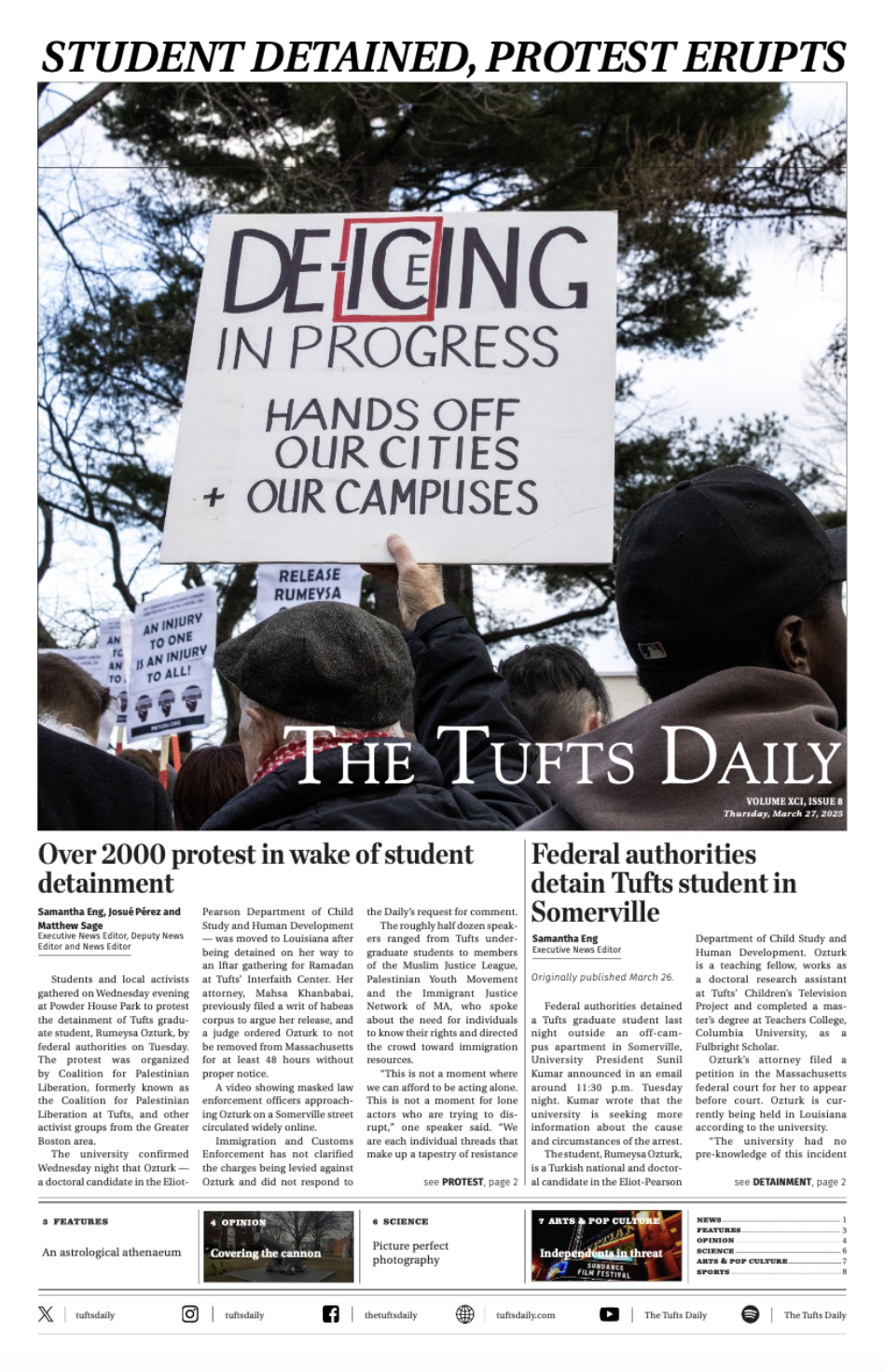What was I thinking? If you've been wondering, I don't blame you. I've been drawing false lines around bands, tying artists together with ersatz thread, and acting as if one group's music can possibly be defined as the child of a single influential parent. In truth, each new song is no less than a singular brew culled from the reactive cauldron where every bit of music that's ever been heard resides. Even we, as human daughters and sons, are products of our surroundings, the languages we learn, the friendships we make, the sex and stock villains we see on TV, more than the genes we've been stuck with. If it were the other way around, Jakob Dylan and the Wallflowers might have really had something going for them. But alas, all we've got to hang on to is "One Headlight" and that other catchy song where Adam Duritz wails his big, old heart out on the background vocals.
When I set out this January to write a column about the similarities between contemporary albums and their classic progenitors, I anticipated relatively smooth sailing. But early on, I found that it could be impossible to pair up a great new musician, no matter how "retro" he was, with a single forebear. In a column about Raphael Saadiq's "The Way I See It" (2008), an R&B record that seems to be obsessed with hearkening back to the past, I couldn't find a single past album that would do it justice. I paired "The Way I See It" with a Motown hits collection, allowing myself to discuss an array of Saadiq's influences from the early days of soul.
In my column about Wynton Marsalis' new album blending spoken word and instrumental jazz, I didn't bother tying him to anyone else -- I compared the new "He and She" (2009) to an old Marsalis record with a similar bent. In my piece on King Khan and the Shrines, I had to spend a solid third of the article detailing my struggle to tease out the most appropriate reference point.
And for all the difficulty I've had deciding which old albums to highlight, what's to say a band's musical predecessors are its most important influences? Had I chosen to write about "Inside the Human Body" (2008), Ezra Furman and the Harpoons' latest LP, I might have been better served tying it back to the literature courses Furman took while majoring in English at Tufts or to his favorite novel. After all, it's his glowing narratives and self-excoriating lyrics more than anything else that make him one of indie rock's most exciting new talents.
I think Stephen McBean of the band Pink Mountaintops has it about right. McBean told Stereogum last month that the group's newest record was influenced by "weddings in Montreal, winter, Pink Floyd's 'The Final Cut' (1983), Christmas albums, that one Exile song and that one Echo and the Bunnymen song, the Bermuda Triangle, being depressed in the sunshine, people who haven't made out yet but will in the future, The Everly Brothers, clowns in the ceilings and bedrooms where skinheads used to live."
The best I can hope for, to quote Stephin Merritt, is that my comparisons' "truth or falsity is moot" because I've turned you on to some great new artists and maybe even a classic record or two that you'd never heard.
--
Giovanni Russonello is a rising senior majoring in history. He can be reached at Giovanni.Russonello@tufts.edu.





